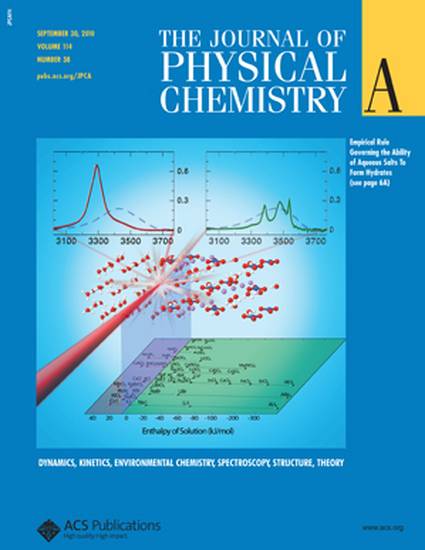
Article
Fluorescence Quenching by Photoinduced Electron Transfer in the Zn2+ Sensor Zinpyr-1: A Computational Investigation
Journal of Physical Chemistry A
(2010)
Abstract
We report a detailed study of luminescence switching in the fluorescent zinc sensor Zinpyr-1 by density functional methods. A two-pronged approach employing both time-dependent density functional theory (TDDFT) and constrained density functional theory (CDFT) is used to characterize low-lying electronically excited states of the sensor. The calculations indicate that fluorescence activation in the sensor is governed by a photoinduced electron transfer mechanism in which the energy level ordering of the excited states is altered by binding Zn2+. While the sensor is capable of binding two Zn2+ cations, a single Zn2+ ion appears to be sufficient to activate moderate fluorescence in aqueous solution at physiological pH. We show that it is reasonable to consider the tertiary amine as the effective electron donor in this system, although the pyridyl nitrogens each contribute some density to the xanthone ring. The calculations illustrate an important design principle: because protonation equilibria at receptor sites can play a determining role in the sensor’s fluorescence response, receptor sites with a pKa near the pH of the sample are to be disfavored if a sensor governed by a simple PET fluorescence quenching model is desired.
Keywords
- Photoinduced Electron Transfer
Disciplines
Publication Date
September 30, 2010
DOI
10.1021/jp103153a
Publisher Statement
Copyright © 2010 American Chemical Society
Citation Information
Tim Kowalczyk, Ziliang Lin, Troy Van Voorhis (2010) Fluorescence quenching by photoinduced electron transfer in the Zn2+ sensor Zinpyr-1: a computational investigation.
J. Phys. Chem. A 114 (38), 10427-10434.
